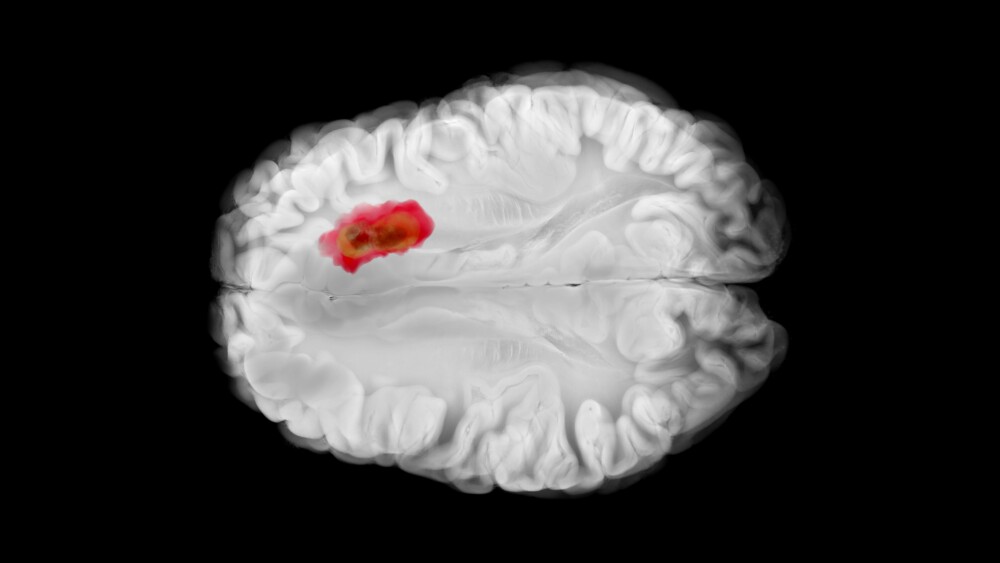Most of the 15 million children with a rare disease have no FDA-approved treatments available to them. And when it comes to the most-rare conditions, there isn’t even a pipeline.
Late last week, the world heard an incredible story: a baby with an exceptionally rare genetic condition seemed to have been treated with a single-use CRISPR treatment created just for him. Many won’t be so lucky.
“If you’re a child who has a rare disease, one-third won’t live to five years old. That itself is a crisis, a public health emergency,” said Mark Veich, the CEO of Advancium Health Network, a public charity that works to close gaps in healthcare, including in medtech and rare diseases.
A nine-month-old boy named KJ was treated for CPS1 deficiency, a condition where the body cannot process urea that can lead to permanent brain damage or death. He was treated at Children’s Hospital of Philadelphia, using a CRISPR therapeutic created by a collaboration of companies working for free or for reduced rates across the U.S. and Canada. The therapy itself was manufactured at Aldevron’s facility in North Dakota, with a guide RNA provided by Integrated DNA Technologies in Iowa and nanoparticles from Acuitas Therapeutics in Vancouver, all flown to and assembled in Philadelphia.
KJ’s CPS1 treatment had to come outside the normal pipeline of biopharma because there’s no financial incentive for companies to address such a small population and therefore no investors to put money on the line.
“Generally speaking, pharma companies tend to stay away from these very low prevalence diseases, especially n of 1 therapies,” Veich told BioSpace.
While there are plenty of companies that work on “rare diseases”—defined as a condition that affects fewer than 200,000 people in the U.S.—those indications generally pursued by biopharma are actually quite common by “n of 1” standards. BioMarin, Day One Biotherapeutics and BridgeBio are all companies in this space, but their pipelines focus on diseases with hundreds or even thousands of patients, Veich said, making them practically commonplace compared to “ultrarare” or “nanorare” diseases like CPS1, which affects just 1 of every 1.3 million infants born in the U.S.
In extremely rare diseases with only one patient, treatments are often funded on the backs of philanthropy or crowdfunding, Veich said, and “parents put their own money into it.”
Pediatrics is the most underserved patient populations in the U.S., including in rare diseases. 30 million Americans have rare diseases, and 15 million of those are kids, according to Veich. Most have no FDA-approved treatment of any kind.
“There’s lots of investment in preclinical research, fundamental and translational research, but then what?” asked Veich. “When pharma deprioritizes assets, 95% of the time it’s because of economics, not the science.” As a result, there are very few, if any, organizations that are looking at ultra- and nanorare diseases and de-risking therapies in the clinic. “To me, that’s the most essential part of the discovery and development continuum, from a pharma perspective.”
But, KJ’s success might portend better days ahead for the rare and ultrarare disease space, Veich said. For one, CRISPR and gene editing technologies are improving and becoming more accurate all the time, which makes the chances of producing a successful, tolerable therapy more likely, he explained.
Moreover, the FDA might take note of KJ’s success and prioritize speedier reviews for rare diseases, as well as ease requirements for requiring large placebo groups with hundreds of people where there might only be 50 patients in the world, according to Veich. Indeed, FDA Commissioner Marty Makary has recently unveiled plans for a new regulatory mechanism for rare disease drugs that would allow for them to be marketed on a conditional basis if they have a “scientifically plausible mechanism.” So far, he has revealed few details, but theoretically it could provide an opening for the less common rare diseases.
“I think n of 1, 2, up to a 1,000 is ignored by a lot of people,” said Veich. “But not by parents, not by communities that rally around these children that have these diseases. For me it’s about raising the spotlight. This CPS1 news just lets people know that with the right people, the right experts, the right partnerships, the right group of committed and like-minded people, these things can happen.”






